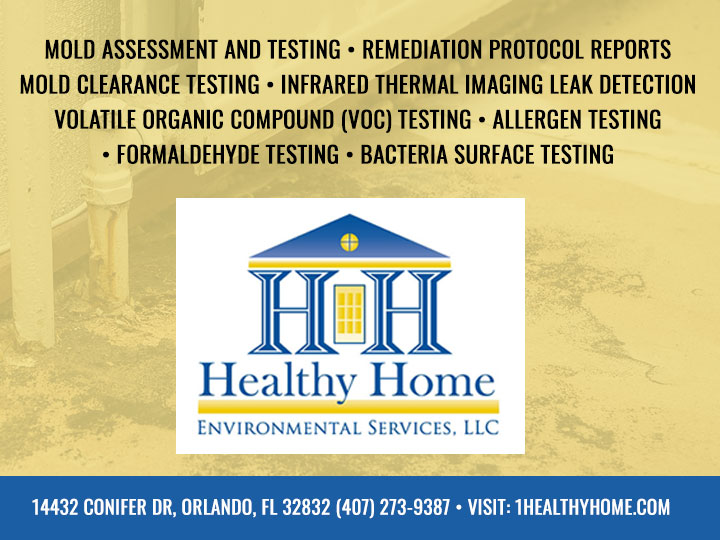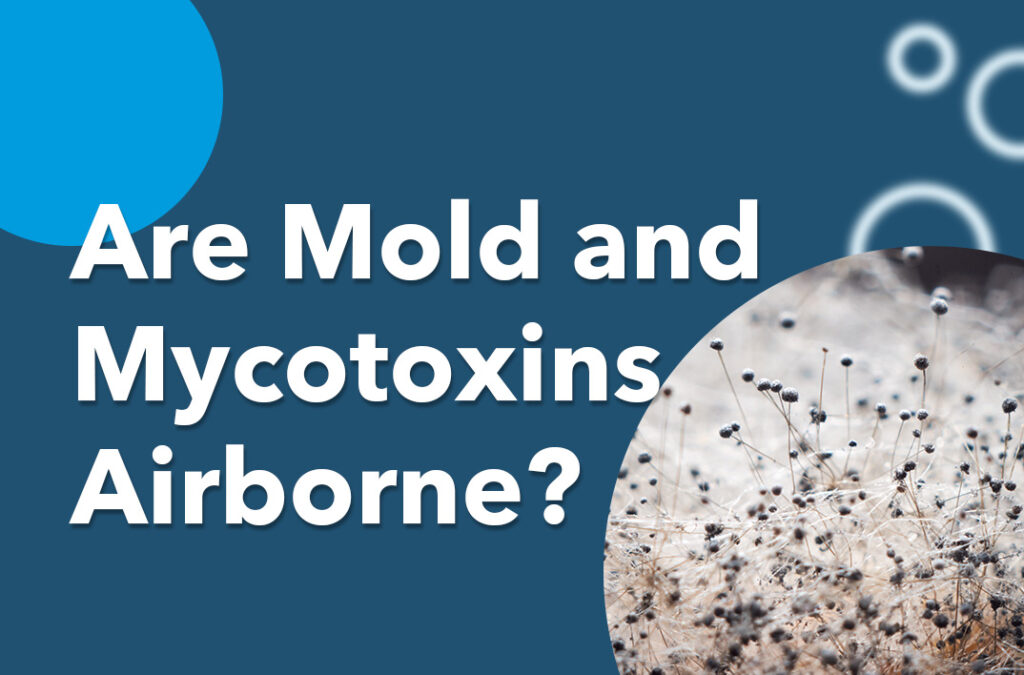Why Mycotoxin Screening Services Are Important for Protecting Public Health
The relevance of mycotoxin testing solutions in guarding public health and wellness can not be overemphasized. Mycotoxins, poisonous compounds created by fungi, posture significant wellness risks such as liver damages and cancer when existing in food and feed. By determining and reducing these threats through routine testing, we can protect against contaminated items from reaching customers. This not just guarantees compliance with rigorous regulatory criteria however additionally boosts customer self-confidence and preserves the honesty of the agricultural sector. Comprehending the devices and advantages of these screening solutions opens up an essential discussion regarding their function in public health protection.
Understanding Mycotoxins
Comprehending mycotoxins is critical for making certain food safety and shielding public health and wellness. Mycotoxins are toxic compounds generated by certain sorts of fungi, commonly found in food and feed crops. These fungis can proliferate in a range of problems, specifically in cozy and damp environments, leading to contamination throughout pre-harvest, storage space, or processing stages. The most prevalent mycotoxins consist of aflatoxins, ochratoxin A, fumonisins, and trichothecenes, each with distinctive chemical structures and toxicological properties.
The visibility of mycotoxins in foodstuffs can jeopardize their safety and security and high quality. They are resistant to standard food handling methods, thus continuing the food supply chain and presenting possible threats. Governing bodies worldwide, such as the Food and Farming Company (FAO) and the World Health Organization (THAT), have actually established stringent limits on appropriate levels of mycotoxins in food items to reduce their damaging results.
Efficient mycotoxin administration entails thorough monitoring and screening to find and evaluate their degrees in agricultural products. This proactive technique assists in identifying contaminated batches early, consequently stopping their intro into the marketplace. Executing stringent mycotoxin controls is crucial for preserving food safety requirements and safeguarding consumer wellness.
Wellness Threats of Mycotoxins

Direct exposure to mycotoxins poses considerable health and wellness threats to both animals and humans, necessitating vigilant monitoring and control measures. In people, mycotoxins such as aflatoxins, ochratoxins, and fumonisins can trigger an array of negative impacts, including liver damage, kidney toxicity, immune suppression, and also cancer causing effects.

Provided these severe wellness repercussions, it is imperative to execute durable mycotoxin screening procedures. Precise discovery and quantification of mycotoxins in food and feed are essential to reduce health and wellness threats and make sure animal and public safety and security.
Usual Sources of Contamination

Along with grains, nuts such as peanuts, pistachios, and almonds are highly vulnerable to mycotoxin contamination. Aflatoxins, a powerful type of mycotoxin, are generally found in these nuts, especially when storage conditions are suboptimal. Dried out fruits, consisting of apricots, raisins, and figs, additionally existing productive premises for fungal growth as a result of their high sugar web content and moisture-retaining properties.
Moreover, contamination is not limited to raw farming products. Processed foods, animal feeds, and dairy items can additionally consist of mycotoxins if the initial active ingredients were contaminated. This prolongs the risk of direct exposure throughout the food supply chain, demanding rigid tracking and control steps.
Comprehending the typical resources of mycotoxin contamination is critical for carrying out reliable preventative methods. Reducing these dangers at the resource can considerably lower the occurrence of mycotoxin-related health and wellness problems, safeguarding public health and wellness.
Testing Protocols and techniques
Advanced logical methods are utilized to discover and quantify mycotoxins in different substrates, making sure public health safety. High-Performance Fluid Chromatography (HPLC) combined with mass spectrometry (MS) is a gold requirement in mycotoxin testing, delivering high sensitivity and uniqueness.
One more extensively utilized technique is Enzyme-Linked Immunosorbent Assay (ELISA), which provides rapid testing and is economical for huge sample volumes - Mycotoxin testing Services. ELISA packages are useful as a result of their ease of use and fast turn-around time, making them suitable for on-site testing
Sampling protocols are equally important. Proper sampling makes sure that the collected specimens are representative of the entire set, therefore try here reducing the risk of incorrect negatives or positives. Adherence to developed guidelines, such as those offered by the International Company for Standardization (ISO) and the European Committee for try this out Standardization (CEN), is vital for keeping uniformity and integrity throughout screening techniques.
Rigorous recognition of these techniques and procedures is indispensable. It ensures reproducibility and accuracy, consequently strengthening the integrity of mycotoxin monitoring systems.

Benefits of Routine Testing
In the realm of food safety and farming high quality control, the benefits of regular mycotoxin testing can not be overstated. Constant testing ensures that agricultural products fulfill safety and security requirements, thus protecting consumers from the hazardous impacts of mycotoxins, which consist of liver damages, immune suppression, and also cancer cells. By determining polluted batches early, regular screening permits prompt intervention, stopping such items from going into the food chain.
Additionally, normal mycotoxin testing is critical for preserving the integrity and reputation of food producers and vendors. Firms that commit to normal testing show their commitment to public wellness and food safety, consequently acquiring customer count on and commitment. This aggressive technique can also minimize economic losses connected with product remembers, legal responsibilities, and prospective profession constraints.
Additionally, regulative compliance is a significant element of the farming industry. Routine mycotoxin screening guarantees adherence to national and international standards, promoting smooth profession procedures and market gain access to. This is specifically essential for exporters that need to fulfill strict safety standards imposed by importing nations. Eventually, normal mycotoxin testing not just protects public wellness yet likewise strengthens the economic security and international competition of the farming field.
Verdict
Mycotoxin screening solutions play a critical duty in public wellness protection by determining and alleviating the risks positioned click here to read by toxic fungal compounds in food and feed. By finding contamination early, these services stop significant wellness issues such as liver damages and cancer, ensuring conformity with regulatory standards. Regular testing improves consumer count on, supports the integrity of the agricultural sector, and inevitably adds to the protecting of food safety and public health and wellness.
The significance of mycotoxin testing services in protecting public health and wellness can not be overstated.Understanding mycotoxins is essential for guaranteeing food security and securing public wellness. Mycotoxin testing Services. Governing bodies worldwide, such as the Food and Agriculture Organization (FAO) and the Globe Health And Wellness Company (WHO), have established rigorous limits on acceptable degrees of mycotoxins in food products to reduce their adverse impacts
Eventually, routine mycotoxin testing not just shields public health and wellness but also strengthens the economic stability and global competitiveness of the agricultural industry.
Mycotoxin screening services play a vital function in public health defense by recognizing and alleviating the threats posed by toxic fungal compounds in food and feed.